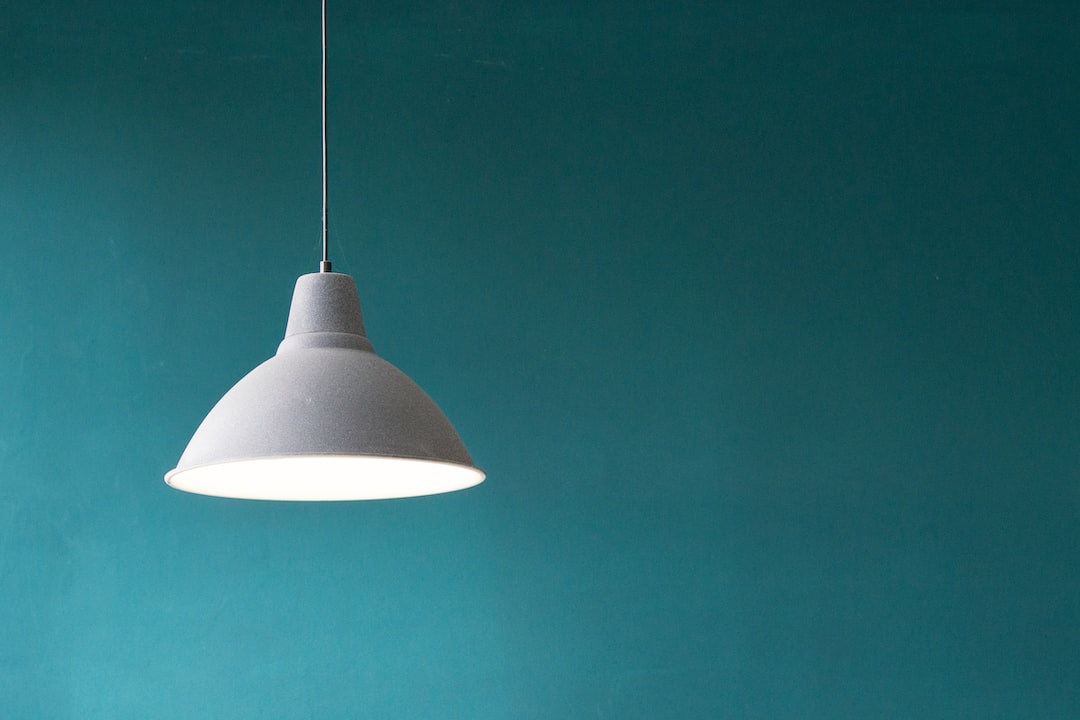Exploring Minimalistic Design: Less is More
In a world where excessive information and clutter seem to overwhelm our senses at every turn, minimalistic design offers a breath of fresh air. Minimalism is a design philosophy that focuses on the idea of “less is more,” where simplicity and functionality take center stage. It strives to strip away unnecessary elements and distractions, allowing the true essence of a design to shine through.
The concept of minimalism has its roots in various art movements, including De Stijl and Bauhaus, both of which emphasized simplicity, geometric shapes, and clean lines. However, minimalism as a design style emerged in the 20th century, gaining considerable popularity in the fields of architecture, interior design, graphic design, and product design.
At its core, minimalistic design embraces the principles of sustainability, functionality, and aesthetics. By removing all unnecessary elements, designers can create spaces or products that serve their intended purpose with increased efficiency and clarity. It’s not about empty or barren spaces, but rather about finding the perfect balance between form and function.
One of the primary advantages of minimalism is its ability to create a sense of calm and tranquility. A clutter-free environment gives our minds room to breathe, allowing us to focus and find inner peace. Whether it’s a minimalist living room with its clean lines and neutral color palette or a simple yet elegant logo design, minimalism reduces visual noise, helping us find a sense of calm in an increasingly chaotic world.
Minimalism’s emphasis on functionality is another reason for its growing popularity. When every element in a design has a clear purpose, it enhances usability and enhances the user experience. For instance, a minimalist website design focuses on clear navigation, making it easier for visitors to find what they’re looking for. Similarly, minimalist interior design often incorporates multifunctional furniture to optimize space and enhance practicality.
Furthermore, minimalistic design celebrates the beauty of simplicity. By eliminating unnecessary embellishments, the focus is placed on the essential elements of a design, allowing them to be appreciated in their purest form. This principle can be seen in the iconic designs of Dieter Rams, whose minimalist approach at Braun led to the creation of timeless products that are celebrated even today.
Minimalism also has a positive impact on the environment. With fewer materials and resources being used, it promotes sustainability and reduces waste. The emphasis on quality over quantity encourages the production of durable and long-lasting products that don’t contribute to the ever-growing problem of consumerism.
In recent years, minimalistic design has gained recognition for its role in combating digital clutter. As more and more people spend a significant amount of time in front of screens, minimalism offers a welcome respite. By simplifying the interface, minimizing distractions, and prioritizing content, minimalistic design aims to create digital experiences that are intuitive, accessible, and visually appealing.
However, it’s important to note that minimalism is not a one-size-fits-all approach. While the idea of “less is more” is central, the interpretation of minimalistic design can vary greatly depending on the context and the designer’s intent. Some may opt for a monochromatic color palette, while others might experiment with a vibrant range of subtle hues.
Moreover, minimalism does not mean sacrificing personal expression or artistic creativity. Instead, it challenges designers to find innovative ways to communicate their message within the boundaries of simplicity. The use of negative space, minimalist typography, and subtle textures are just a few techniques that can add depth and interest to minimalist designs.
In conclusion, minimalistic design offers a refreshing departure from the noise and complexity of our modern world. Its focus on simplicity, functionality, and aesthetics brings forth a sense of calm, enhances usability, and celebrates the beauty of essential elements. As we strive for sustainability and navigate an increasingly digital age, embracing minimalism can be a transformative approach that positively impacts our surroundings, both physical and virtual. So next time you’re seeking clarity and serenity, remember that less is often more.
